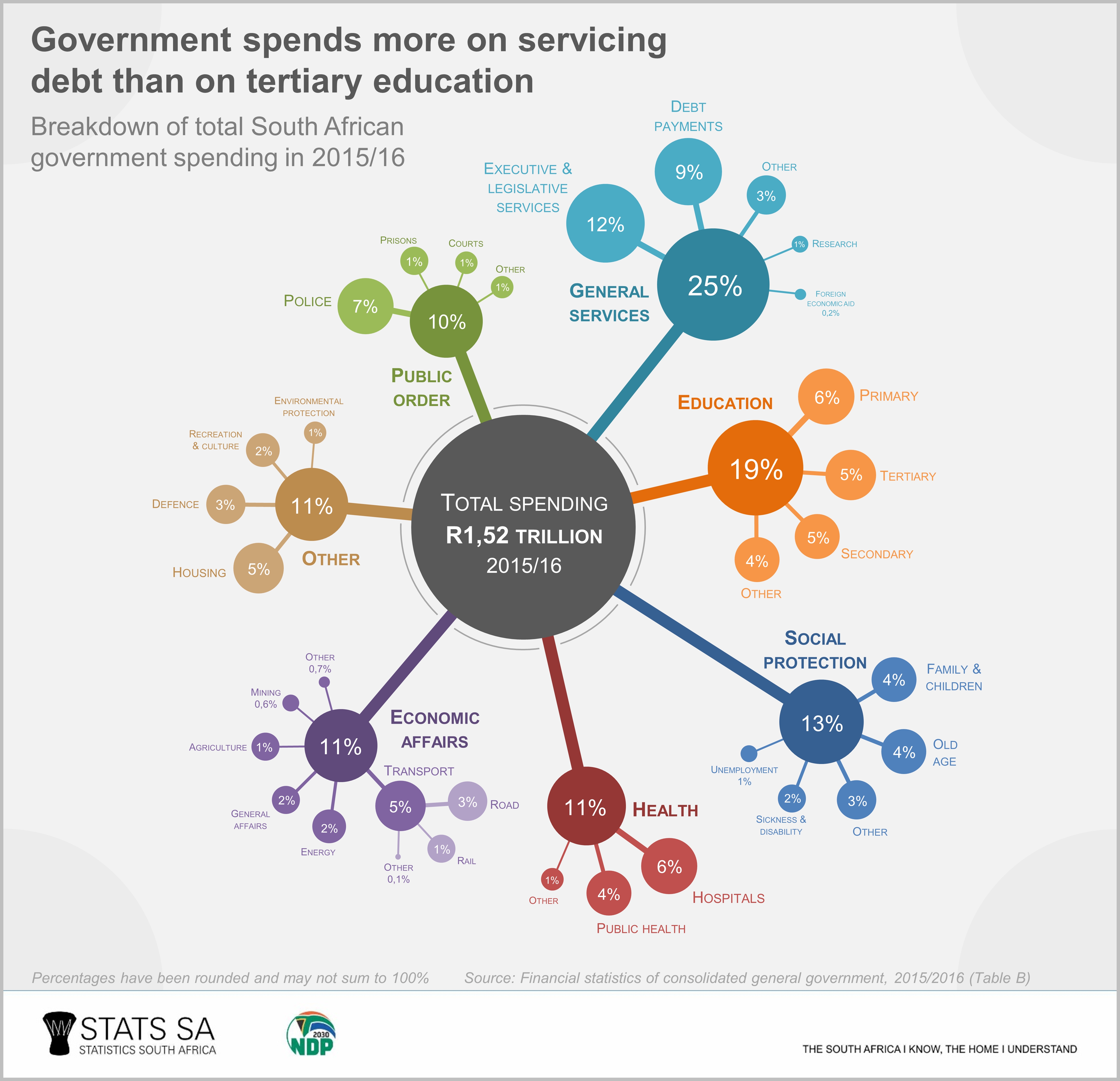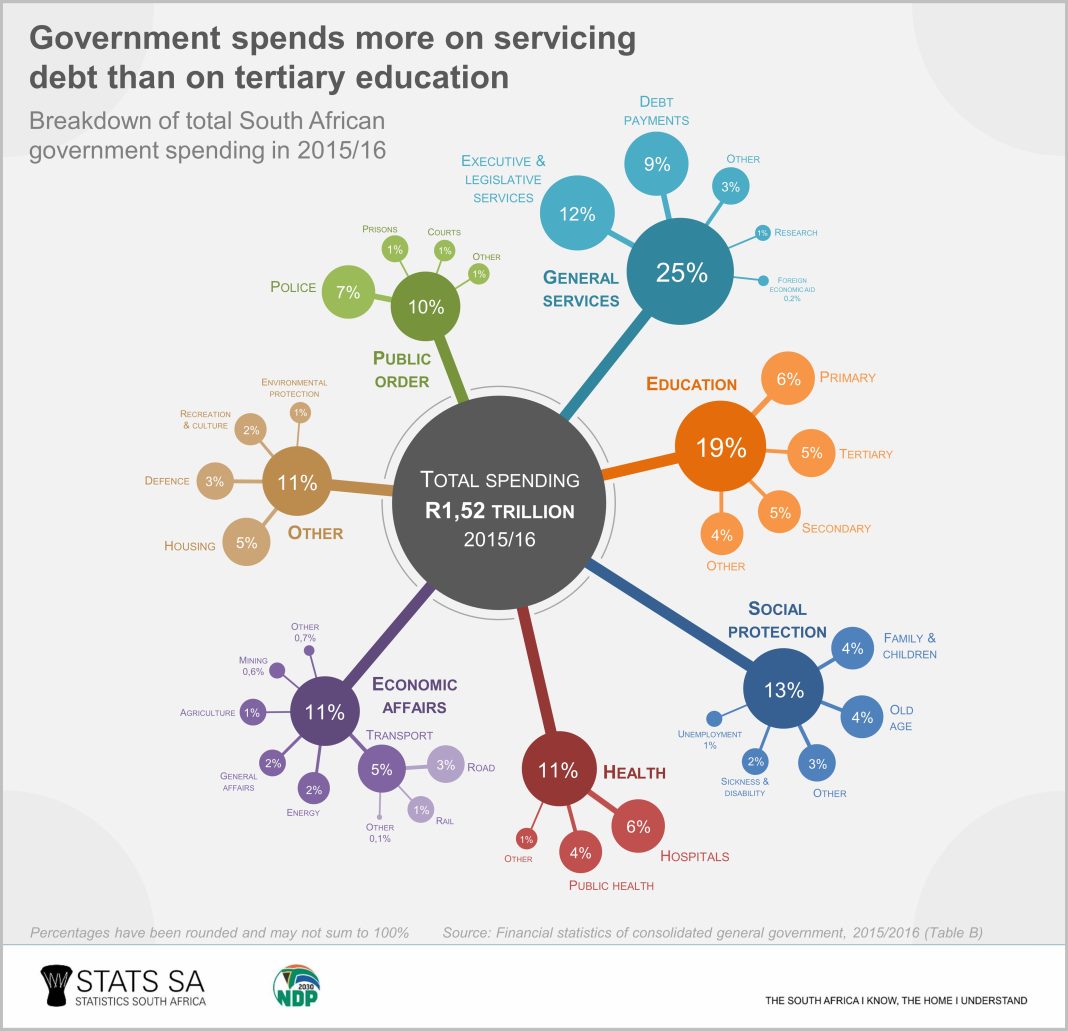
Government Spending and the Cost of Living in Australia
Introduction:
Prime Minister Anthony Albanese has defended the government’s monetary policy and highlighted the various schemes in place to assist households with the cost of living. However, experts warn that government spending must be directed towards projects that generate a positive return.
The Problem of Overspending:
Graham Young, executive director of the Australian Institute for Progress, points out that the government tends to overspend, as reflected in the latest GDP numbers. He criticizes the Capacity Investment Scheme, which subsidizes unprofitable renewable generation, as an example of spending that destroys wealth rather than creating it.
The Need for Economic Realignment:
Young argues that personal savings have been almost exhausted, emphasizing the need for a pause in spending while the economy realigns itself. This suggests that the government should focus on initiatives that can generate sustainable economic growth.
Government Support Schemes:
Prime Minister Albanese highlights several government support schemes, including tax cuts for middle to low-income households, energy bill rebates, cheaper childcare fees, and free TAFE. These initiatives aim to alleviate cost-of-living pressures faced by Australians.
Budget Surpluses:
Albanese also mentions that the government has produced two budget surpluses, which he believes contribute to the fight against inflation. However, it is important to consider whether these surpluses are effectively addressing the root causes of inflation or merely providing temporary relief.
RBA’s Monetary Policy Strategy:
Albanese defends the Reserve Bank of Australia’s (RBA) monetary policy strategy from criticism, stating that both the government and the RBA share the objective of lowering inflation. He acknowledges the importance of fiscal policy in supporting those under cost-of-living pressure.
Persistent Inflation and Interest Rates:
RBA Governor Michele Bullock expresses concerns about persistent inflation and suggests that reducing interest rates may not be imminent. This approach contrasts with other economies that have already implemented interest rate cuts to combat inflation.
Criticism of RBA’s Monetary Strategy:
Labor Treasurer Wayne Swan criticizes the RBA’s monetary strategy, comparing it to “punching itself in the face.” He argues that higher interest rates are affecting households and causing a decline in spending, which could have negative consequences for the economy.
Research on Government Spending and Inflation:
Research from the Centre for Independent Studies (CIS) indicates that government spending is fueling inflation, while private sector growth has stagnated. The findings suggest a potential structural shift in Australia’s economy, with high levels of public demand having ongoing detrimental effects.
Conclusion:
While the government’s measures to tackle the cost of living are commendable, experts warn against overspending and emphasize the importance of directing funds towards projects that generate a positive return. The persistence of inflation and the RBA’s monetary policy strategy also pose challenges that need to be carefully addressed. Continued research and analysis are vital to understanding the long-term effects of government spending and its impact on inflation and the overall economy.

